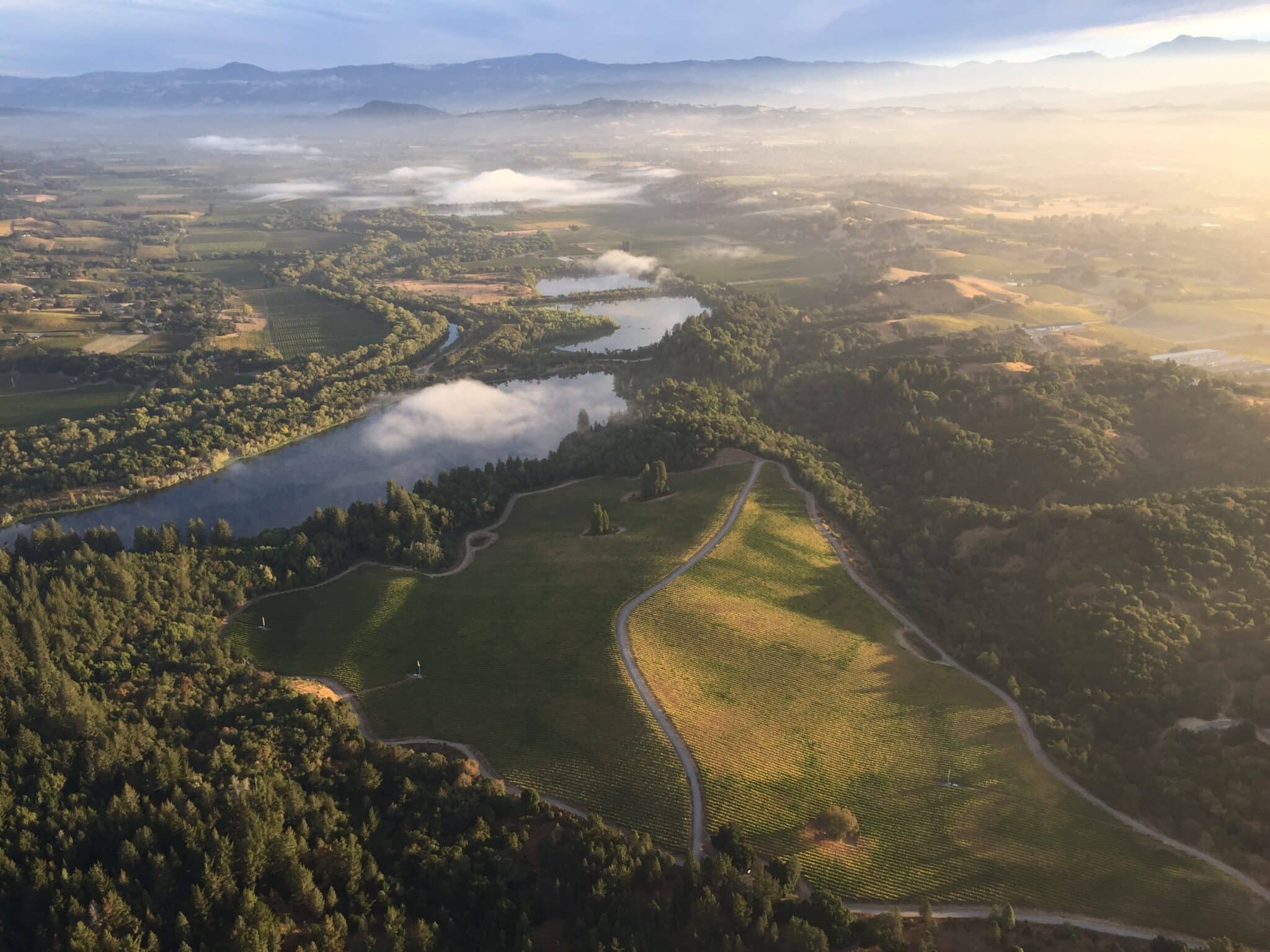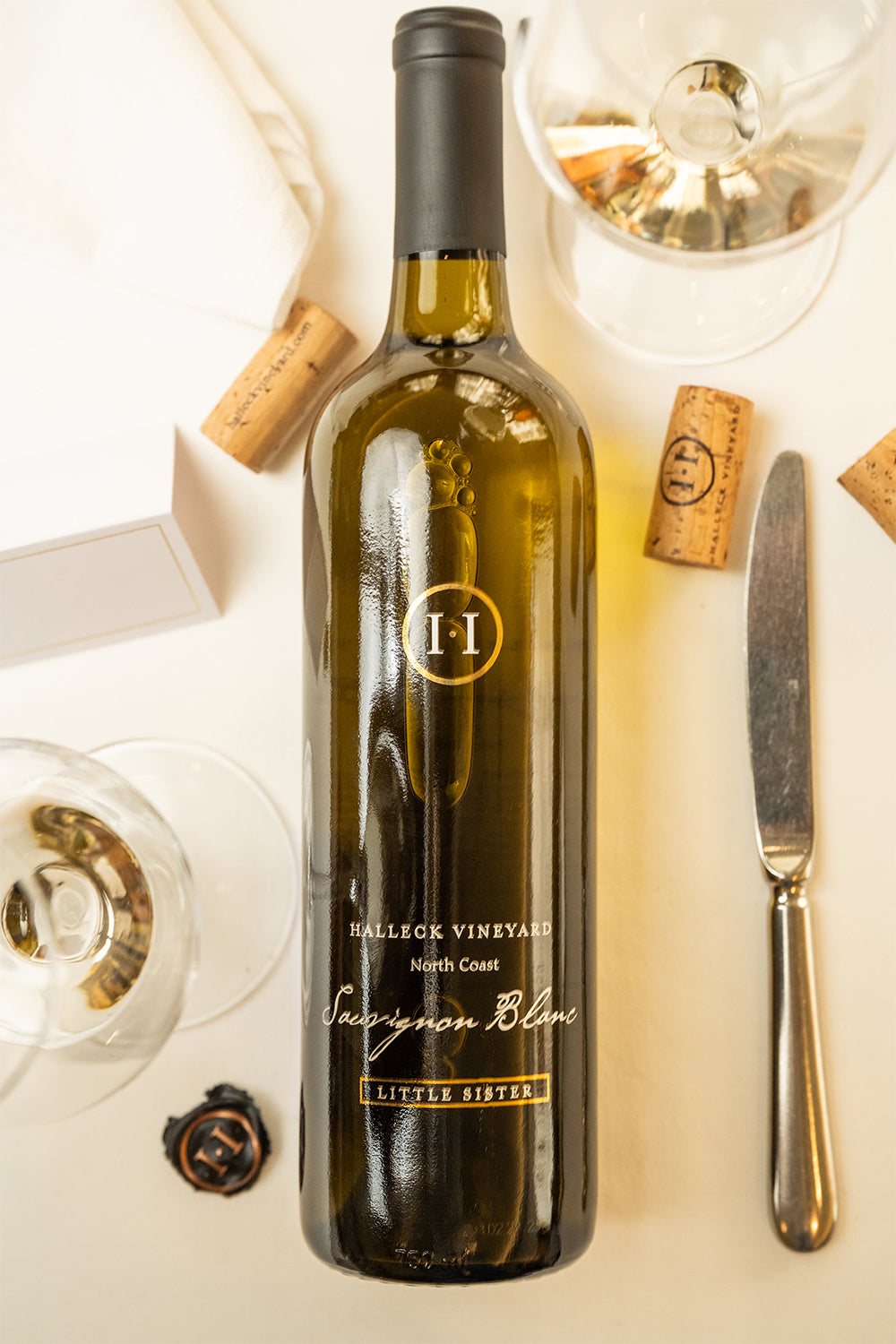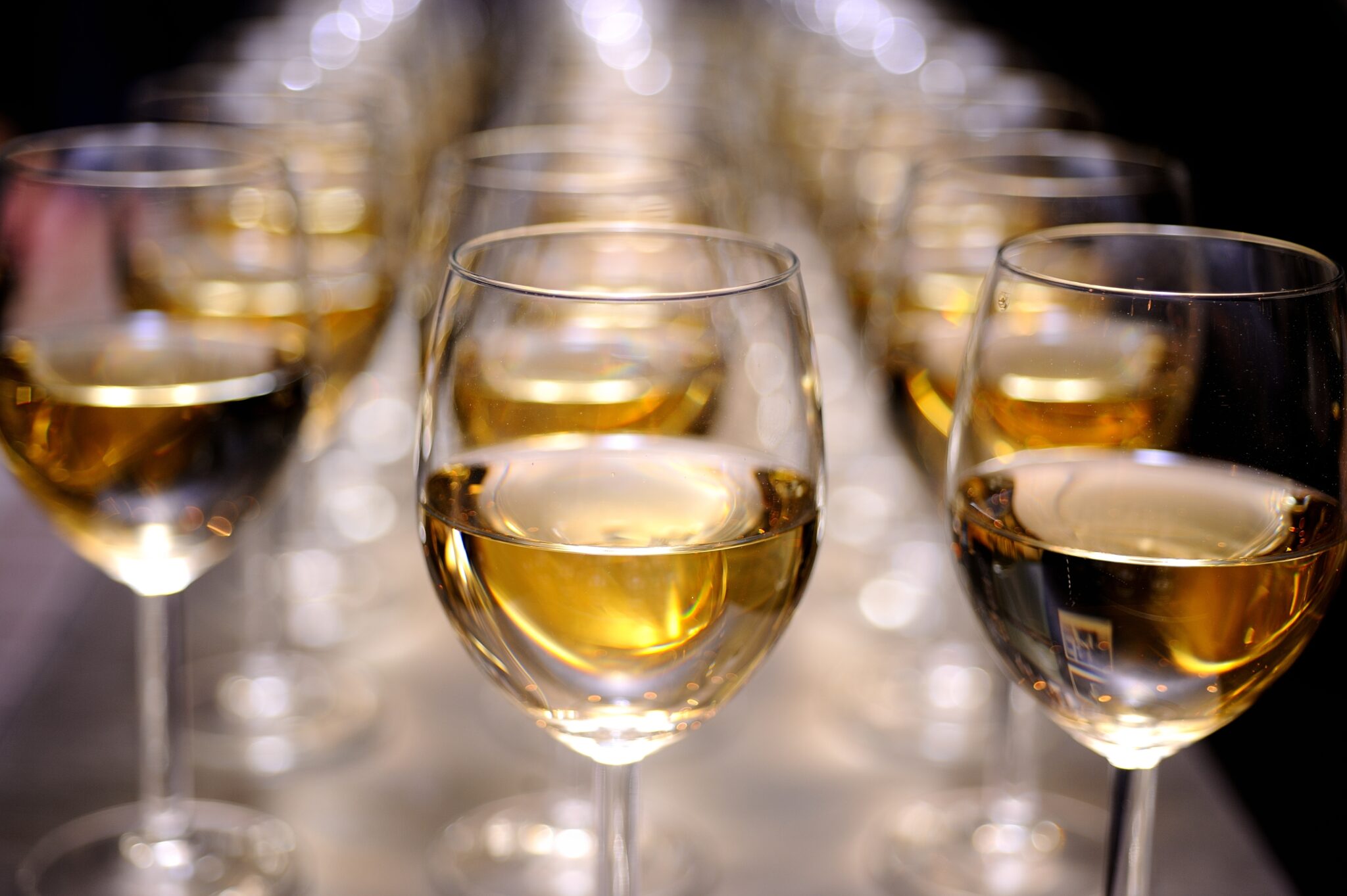Wineries With Unique Gamay Wines - Sonoma's Premier Wine Tasting Events
Wine tasting is an art that requires practice and an understanding of various elements concerned within the course of. One essential component of wine tasting is the development and interpretation of tasting notes, which serve as a guide for both novices and seasoned connoisseurs. A Guide To Understanding Winery Wine Tasting Notes can enhance your wine-tasting experience, making it more meaningful and enjoyable.

Tasting notes are concise descriptions that seize the essence of a wine’s flavors, aromas, and overall character. Often composed by professional tasters, winery tasting notes provide insights into the nuances of various wines. They might help wine enthusiasts perceive what to expect from a particular bottle. Nevertheless, tasting notes can range broadly in style and detail based mostly on the author's experience and palate.
Wineries Hosting Seasonal Events - Best Wineries In Sonoma For A Wine Experience
When you first approach a glass of wine, your senses will begin to engage instantly. The sight, odor, and style of the wine will converge to offer you a complete experience. Tasting notes usually begin with the visible assessment, the place the color of the wine is taken under consideration. Color performs a significant position in indicating the wine’s age, grape variety, and even its flavor profile.
After assessing the visible side, the following step includes swirling the wine within the glass. This motion aerates the wine, permitting its aromas to awaken. Smelling the wine provides important perception into its complexity. The initial sniff can deliver a flood of scents that will embody fruity, floral, herbal, or earthy notes. This is often essentially the most subjective part of tasting, as particular person experiences can dramatically differ.
In winery tasting notes, descriptors are often categorized into main, secondary, and tertiary aromas. Primary aromas often stem from the grape selection, secondary aromas derive from fermentation processes, and tertiary aromas arise from growing older. Understanding these classes might help you recognize the depth of a wine, and they also provide the vocabulary to express your experience better.
Wineries With Unique Varietals - Sonoma County Wine Tasting Locations
Following the olfactory encounter, your focus will shift to the taste of the wine. This is the place the first characteristics—sweetness, acidity, tannins, alcohol—come into play. Tasting notes often element these flavors in multiple dimensions, including the preliminary attack in your palate to the lingering end on your tongue. A high-quality wine will current a harmonious stability between these elements.
While tasting, it is essential to contemplate the physique of the wine, which can be described as light, medium, or full. The physique contributes significantly to your overall impression, serving to you think about how the wine pairs with food or whether it stands alone as a sipping wine. Balancing the physique with the other traits will provide you with a fuller understanding of what the wine has to supply.
The finish of the wine, additionally referred to as the aftertaste, is another crucial aspect typically included in tasting notes. A long, nice finish normally indicates a higher quality wine, while a short or cloying aftertaste might suggest otherwise. Evaluating the finish can supply further perception into the wine's complexity and distinction.
Understanding the context of winery tasting notes can additionally be valuable. Tasting notes can present contextual information about the winery's location, climate, and grape-growing practices. This context provides one other layer of appreciation for the wine, allowing enthusiasts to attach the sensory experience with its origins, thus his comment is here enhancing the enjoyment further.
Wineries Known For Their Beautiful Gardens - Sebastopol Wineries
Many wineries present tasting notes on their web sites or labels, often written in an approachable yet informative style. Nonetheless, not all winery tasting notes are created equal. Some may be overly technical, while others may prioritize advertising flair over insightful evaluation. Learning to navigate these notes can arm you with the information to make informed selections when deciding on wines.
Taking Part in tastings at wineries also can deepen your understanding of wine tasting notes. Interacting with knowledgeable workers may give you a more hands-on method to exploring totally different wines and the language used to explain them. Charming Wineries With Views In Sonoma Valley. You May have the opportunity to ask questions, engage in discussions, and potentially refine your palate in actual time.
Experimentation is crucial for mastering wine tasting notes. As you sample different wines, strive making your personal notes. Focus on describing the wine’s colour, aroma, taste, and end. Over time, you’ll develop a personal vocabulary that resonates with your sensory experiences. Every note you create will help refine your palate, permitting you to understand wines at a deeper level.
Wineries Providing Guided Vineyard Walks - Enjoying Wine In Sebastopol
In conclusion, a Guide To Understanding Winery Wine Tasting Notes offers a comprehensive framework for diving into the world of wines. It equips you with the strategies and language necessary to articulate your experiences. Whether you are a casual drinker or a devoted aficionado, understanding and using tasting notes can profoundly impression your wine journey. This data not solely enhances your enjoyment but additionally connects you deeply with the wealthy narratives each bottle tells. By embracing this journey, you turn out to be part of the beautiful mosaic of wine culture, the place each sip unveils a new story ready to be discovered.
- Wine tasting notes typically encompass a big selection of sensory descriptions, together with aroma, flavor, acidity, body, and finish, allowing tasters to totally recognize the wine's characteristics.
- To enhance your understanding, familiarize your self with frequent wine terminology similar to "tannins," "oakiness," or "terroir," which might help decipher the notes more successfully.
- A systematic method to tasting includes first visually assessing the wine's colour and clarity, adopted by swirling to launch aromas, then inhaling and describing what you experience.
- Taking notes during tasting can help establish patterns over time, enhancing your palate and making it easier to recall preferences for future selections.
- Do Not overlook the influence of food pairings; tasting notes can differ greatly when a wine is loved with complementary flavors, altering notion and enjoyment.
- Pay attention to the wine’s vintage, as weather conditions in a given year can considerably have an result on the ultimate product, including one other layer to the tasting notes.
- Consider the winemaker's style and philosophy, which might form the wine's profile and impact how its notes evolve with every sip.
- Training with different grape varieties can broaden your vocabulary; every sort brings unique traits that can improve your capability to articulate tasting notes successfully.
- Partaking with wine professionals or attending tasting events can provide useful insights, offering a richer context for understanding personal tasting notes.
- Bear In Mind that tasting is subjective; individual preferences and experiences will form one’s interpretation of the same wine, enriching the general enjoyment of wine exploration.
What are wine tasting notes?
Wine tasting notes are descriptive feedback made by tasters about the appearance, aroma, style, and finish Read Full Article of a wine. They provide an outline of the wine's traits and can help shoppers perceive the style and quality of the wine.
Family Friendly Wineries With Outdoor Spaces - Unforgettable Wine Tastings In Sonoma
Why are tasting notes important when deciding on wine?
Tasting notes can guide you in choosing a wine that fits your palate. They provide insights into flavors and aromas, helping you to match wines with food or occasions. Understanding these notes enhances your total wine experience.
How should I learn wine tasting notes?
(Good Wineries For Large Groups In Sonoma Valley)
Wineries Known For Their Beautiful Gardens - Sonoma Valley Vineyards And Wine Tasting

When studying wine tasting notes, pay attention to the construction: look for descriptions of colour, aroma, flavor, and end. This will help you grasp the wine's profile and determine if it aligns along with your preferences.
What terms commonly seem in wine tasting notes?
Frequent terms embrace "tannin" (the structure), "acidity" (the crispness), "physique" (the weight), and various flavor descriptors like "fruity," "earthy," or "spicy." Familiarizing yourself with these phrases can deepen your understanding of wine.
Wineries Near Santa Rosa - Luxury Wine Tasting In Sonoma County
Can I create my very own tasting notes?
Yes! Writing your individual tasting notes can improve your wine tasting experience. Focus in your observations of taste, aroma, and other sensory characteristics. This personal practice can help you refine your palate over time.
How do I identify the aromas in wine tasting notes?
Wineries Renowned For Cabernet Sauvignon In Sonoma - Wineries In The Sebastopol Region
To establish aromas, practice smelling a selection of scents and associating them with wines. Swirl the wine in your glass to launch its aromas, then take a moment to breathe in deeply earlier than identifying any prominent scents.

What is the difference between professional and private wine tasting notes?
Professional tasting notes may use more technical language and particular terminology, while personal tasting notes are subjective and mirror particular person experiences. Both are useful for understanding and having fun with wine, but personal notes might resonate extra with your unique tastes.
How can tasting notes enhance my wine appreciation?
Eco-Friendly Wineries In Sonoma County - Sonoma County's Best Wine Experiences
Tasting notes can enhance your appreciation by helping you to understand and articulate the complexities of wine. They encourage mindful tasting and provide a framework for comparing different wines, leading to a richer enjoyment of the beverage.
Are there any apps or tools to help with wine tasting notes?
Sure, there are several apps designed to assist customers document and arrange their tasting notes. These tools often offer options like flavor wheel guides and wine database searches, making it simpler to trace your journey via totally different wines.